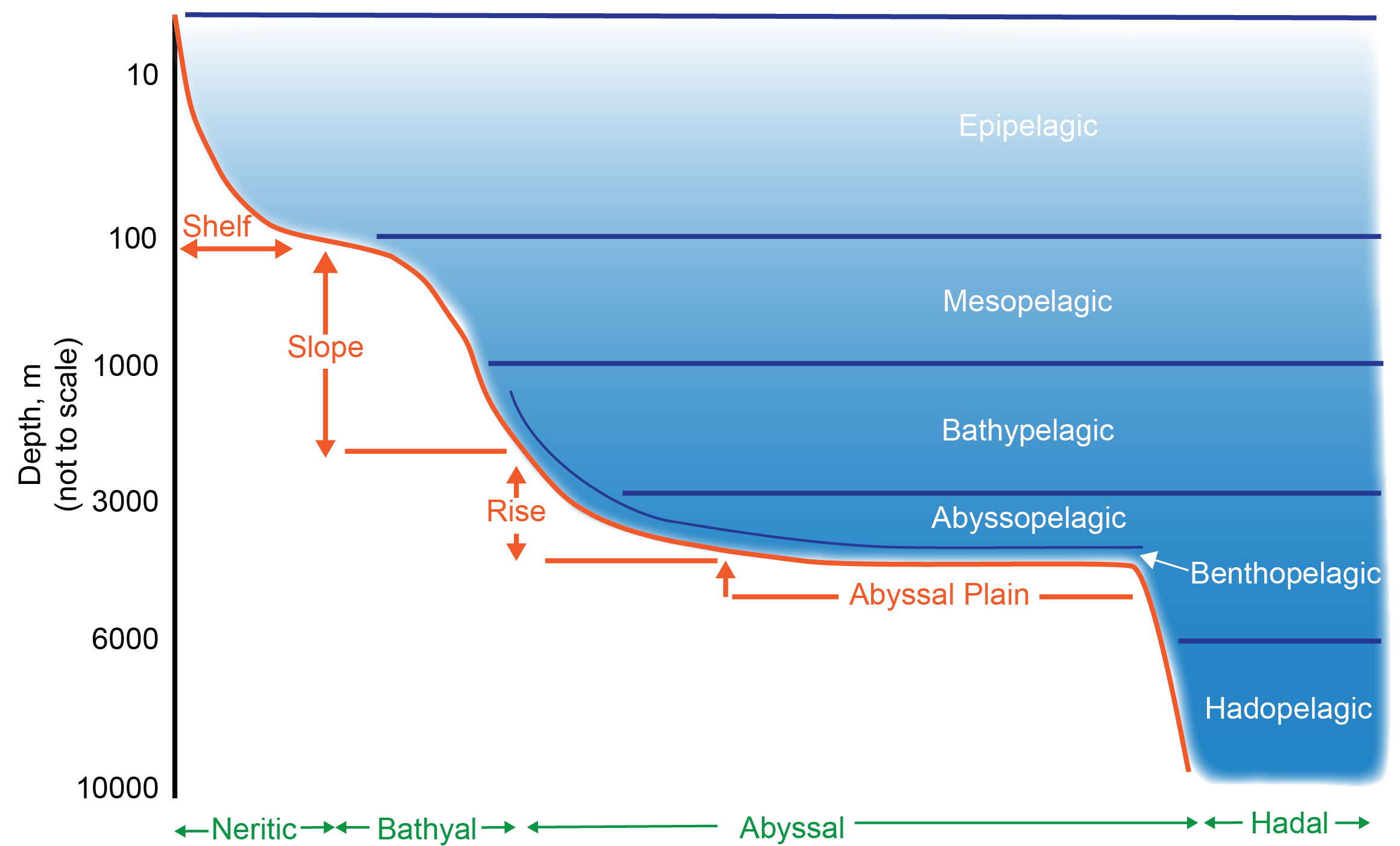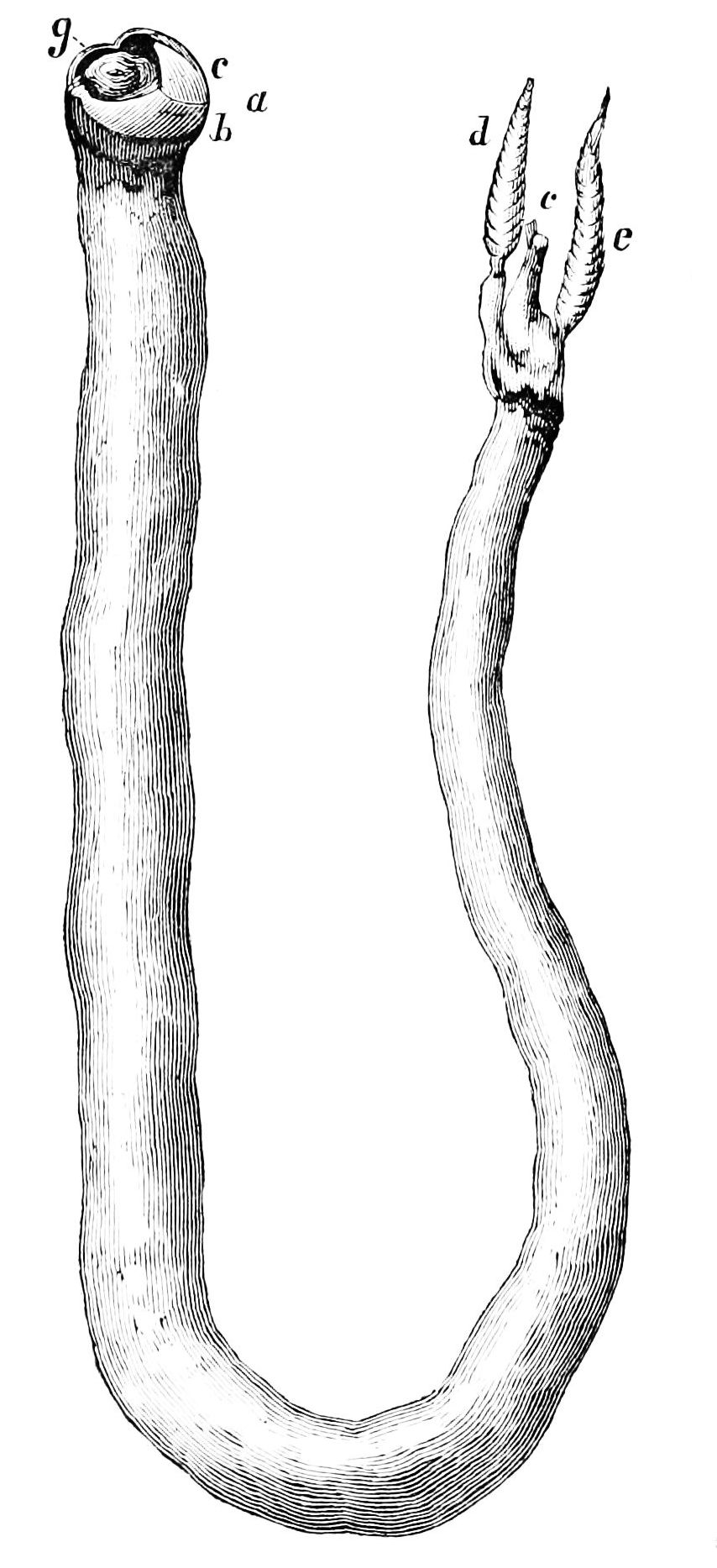|
Xylophagaidae
Xylophagaidae is a family of deep-sea woodboring bivalve molluscs, similar to shipworms. List of genera The Xylophagaidae family contains seven genera: * '' Abditoconus'' Voight, 2019 * '' Feaya'' Voight, 2019 * '' Spiniapex'' Voight, 2019 * '' Xylonora'' Romano, 2020 * ''Xylophaga ''Xylophaga'' is a genus of bivalves in the family Pholadidae. Species * ''Xylophaga abyssorum'' W.H. Dall, Dall, 1886 * ''Xylophaga africana'' * ''Xylophaga alexisi'' * ''Xylophaga aurita'' * ''Xylophaga bayeri'' * ''Xylophaga clenchi'' ...'' W. Turton, 1822 * '' Xylopholas'' R. D. Turner, 1972 * '' Xyloredo'' R. D. Turner, 1972 References {{DEFAULTSORT:Xylophagaidae Myida Bivalve families ... [...More Info...] [...Related Items...] OR: [Wikipedia] [Google] [Baidu] |
Myida
Myida (formerly Myoida) is an order of saltwater and freshwater clams, marine and freshwater bivalve molluscs in the subclass Heterodonta. The order includes such bivalves as soft-shell clams, geoducks and shipworms. Description They are burrowing molluscs with well-developed siphons. The shell is relatively soft and lacks a nacreous layer. Some species have a single cardinal tooth. Superfamilies and families Superfamilies and families within the Myida include: * Superfamily: Dreissenoidea ** Family: Dreissenidae * Superfamily: Myoidea ** Family: Corbulidae ** Family: Myidae ** Family: † Pleurodesmatidae ** Family: † Raetomyidae * Superfamily: Pholadoidea ** Family: Pholadidae ** Family: Teredinidae ** Family: Xylophagaidae Xylophagaidae is a family of deep-sea woodboring bivalve molluscs, similar to shipworms The shipworms are marine bivalve molluscs in the family Teredinidae: a group of saltwater clams with long, soft, naked bodies. They are notorious for bor .. ... [...More Info...] [...Related Items...] OR: [Wikipedia] [Google] [Baidu] |
Abditoconus
''Abditoconus'' is a genus of bivalves belonging to the family Xylophagaidae Xylophagaidae is a family of deep-sea woodboring bivalve molluscs, similar to shipworms. List of genera The Xylophagaidae family contains seven genera: * '' Abditoconus'' Voight, 2019 * '' Feaya'' Voight, 2019 * '' Spiniapex'' Voight, 201 .... The species of this genus are found in Western America. Species: *'' Abditoconus anselli'' (synonym '' Xylophaga anselli'') *'' Abditoconus brava'' *'' Abditoconus heterosiphon'' *'' Abditoconus investigatoris'' References {{Taxonbar, from=Q109030657 Myida Bivalve genera ... [...More Info...] [...Related Items...] OR: [Wikipedia] [Google] [Baidu] |
Family (biology)
Family ( la, familia, plural ') is one of the eight major hierarchical taxonomic ranks in Linnaean taxonomy. It is classified between order and genus. A family may be divided into subfamilies, which are intermediate ranks between the ranks of family and genus. The official family names are Latin in origin; however, popular names are often used: for example, walnut trees and hickory trees belong to the family Juglandaceae, but that family is commonly referred to as the "walnut family". What belongs to a family—or if a described family should be recognized at all—are proposed and determined by practicing taxonomists. There are no hard rules for describing or recognizing a family, but in plants, they can be characterized on the basis of both vegetative and reproductive features of plant species. Taxonomists often take different positions about descriptions, and there may be no broad consensus across the scientific community for some time. The publishing of new data and opini ... [...More Info...] [...Related Items...] OR: [Wikipedia] [Google] [Baidu] |
Deep Sea
The deep sea is broadly defined as the ocean depth where light begins to fade, at an approximate depth of 200 metres (656 feet) or the point of transition from continental shelves to continental slopes. Conditions within the deep sea are a combination of low temperatures, darkness and high pressure The deep sea is considered the least explored Earth biome, with the extreme conditions making the environment difficult to access and explore. Organisms living within the deep sea have a variety of adaptations to survive in these conditions. Organisms can survive in the deep sea through a number of feeding methods including scavenging, predation and filtration, with a number of organisms surviving by feeding on marine snow. Marine snow is organic material that has fallen from upper waters into the deep sea. In 1960, the bathyscaphe ''Trieste'' descended to the bottom of the Mariana Trench near Guam, at , the deepest known spot in any ocean. If Mount Everest () were submerged there, it ... [...More Info...] [...Related Items...] OR: [Wikipedia] [Google] [Baidu] |
Bivalve
Bivalvia (), in previous centuries referred to as the Lamellibranchiata and Pelecypoda, is a class of marine and freshwater molluscs that have laterally compressed bodies enclosed by a shell consisting of two hinged parts. As a group, bivalves have no head and they lack some usual molluscan organs, like the radula and the odontophore. They include the clams, oysters, cockles, mussels, scallops, and numerous other families that live in saltwater, as well as a number of families that live in freshwater. The majority are filter feeders. The gills have evolved into ctenidia, specialised organs for feeding and breathing. Most bivalves bury themselves in sediment, where they are relatively safe from predation. Others lie on the sea floor or attach themselves to rocks or other hard surfaces. Some bivalves, such as the scallops and file shells, can swim. The shipworms bore into wood, clay, or stone and live inside these substances. The shell of a bivalve is composed of calc ... [...More Info...] [...Related Items...] OR: [Wikipedia] [Google] [Baidu] |
Molluscs
Mollusca is the second-largest phylum of invertebrate animals after the Arthropoda, the members of which are known as molluscs or mollusks (). Around 85,000 extant taxon, extant species of molluscs are recognized. The number of fossil species is estimated between 60,000 and 100,000 additional species. The proportion of undescribed species is very high. Many taxa remain poorly studied. Molluscs are the largest marine biology, marine phylum, comprising about 23% of all the named marine organisms. Numerous molluscs also live in freshwater mollusc, freshwater and Terrestrial molluscs, terrestrial habitats. They are highly diverse, not just in size and anatomical structure, but also in behaviour and habitat. The phylum is typically divided into 7 or 8 Taxonomy (biology), taxonomic class (biology), classes, of which two are entirely extinct. Cephalopod molluscs, such as squid, cuttlefish, and octopuses, are among the most neurobiology, neurologically advanced of all inve ... [...More Info...] [...Related Items...] OR: [Wikipedia] [Google] [Baidu] |
Shipworm
The shipworms are marine bivalve molluscs in the family Teredinidae: a group of saltwater clams with long, soft, naked bodies. They are notorious for boring into (and commonly eventually destroying) wood that is immersed in sea water, including such structures as wooden piers, docks and ships; they drill passages by means of a pair of very small shells (“valves”) borne at one end, with which they rasp their way through. Sometimes called "termites of the sea", they also are known as " Teredo worms" or simply Teredo (from grc, τερηδών, , translit=terēdṓn, lit=wood-worm via ). Carl Linnaeus assigned the common name '' Teredo'' to the best-known genus of shipworms in the 10th edition of his taxonomic ''magnum opus'', '' Systema Naturæ'' (1758). Description Removed from its burrow, the fully grown teredo ranges from several centimetres to about a metre in length, depending on the species. The body is cylindrical, slender, naked and superficially vermiform, meaning "w ... [...More Info...] [...Related Items...] OR: [Wikipedia] [Google] [Baidu] |
Xylophaga
''Xylophaga'' is a genus of bivalves in the family Pholadidae. Species * ''Xylophaga abyssorum'' W.H. Dall, Dall, 1886 * ''Xylophaga africana'' * ''Xylophaga alexisi'' * ''Xylophaga aurita'' * ''Xylophaga bayeri'' * ''Xylophaga clenchi'' * ''Xylophaga concava'' * ''Xylophaga depalmai'' * ''Xylophaga dorsalis'' (William Turton, Turton, 1819) * ''Xylophaga dorsata'' * ''Xylophaga duplicata'' * ''Xylophaga erecta'' * ''Xylophaga foliata'' * ''Xylophaga gagei'' * ''Xylophaga galatheae'' * ''Xylophaga gerda'' * ''Xylophaga globosa'' * ''Xylophaga grevei'' * ''Xylophaga guineensis'' * ''Xylophaga hadalis'' * ''Xylophaga indica'' * ''Xylophaga japonica'' * ''Xylophaga knudseni'' * ''Xylophaga lobata'' * ''Xylophaga mexicana'' * ''Xylophaga microchira'' * † ''Xylophaga mississippiensis'' * ''Xylophaga multichela'' * ''Xylophaga murrayi'' * ''Xylophaga nandani'' Velásquez, Jayachandran & Jima, 2022 * ''Xylophaga nidarosiensis'' * ''Xylophaga noradi'' * '' ... [...More Info...] [...Related Items...] OR: [Wikipedia] [Google] [Baidu] |


